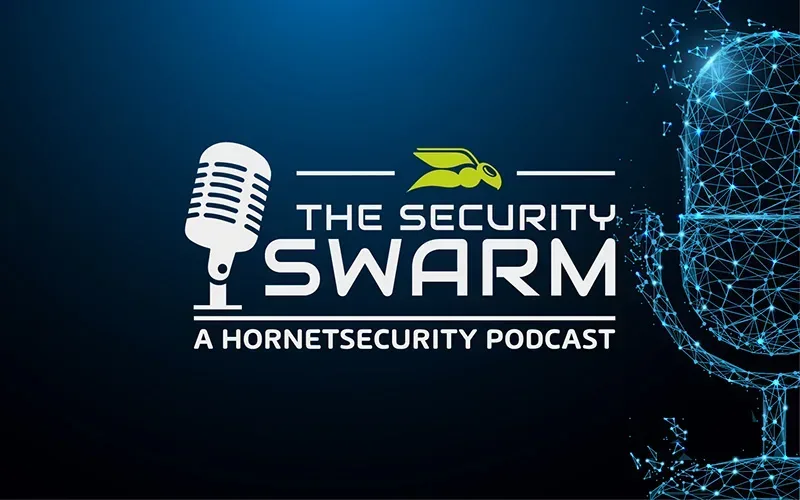

Security of the Windows Boot Process
You are currently viewing a placeholder content from Libsyn. To access the actual content, click the button below. Please note that doing so will share data with third-party providers.
More InformationIn this episode, Andy and Paul, the dynamic duo of the Security Swarm Podcast, delve into the often-overlooked security of the Windows boot process, revealing how recent leaks have compromised its integrity.
Join Andy Syrewicze and Paul Schnackenburg as they break down how the boot process has evolved from the BIOS days to today’s sophisticated UEFI system. They explore features like Trusted Boot and Secure Boot, which are designed to stop rootkits and other malware from hijacking the system.
But things aren’t as secure as they seem. Recent leaks of platform keys, including the infamous “PKFail” incident, have exposed vulnerabilities that threaten the whole system. Listen on to discover how these vulnerabilities are being exploited by attackers, the potential risks they pose to your system, and what you can do to safeguard your devices.
Do you want to join the conversation? Join us in our Security Lab LinkedIn Group!
Key Takeaways:
The Windows boot process is more complex than you think: It includes multiple phases, from basic hardware checks to kernel initialization and anti-malware checks, all before you even see the login screen.
Secure boot and measured boot aim to protect against rootkits and bootkits: These security features check for trusted components and fingerprint the boot process to detect unauthorized changes.
PKFail exposes a major vulnerability: A leaked test key used across 800 motherboard models allows attackers to bypass secure boot and load malicious software during the boot process as if it were legitimate.
Firmware vulnerabilities are widespread: The boot process isn’t the only place where attackers can hide malware. Network cards, storage devices, and other components with firmware can also be compromised.
Rootkits and bootkits are persistent and difficult to remove: They can survive operating system reinstallation and are incredibly difficult to detect and remove, making them highly effective for attackers.
Updating firmware is crucial: You need to keep your firmware updated just like you update your operating system and software to protect yourself from vulnerabilities.
Beware of the dangers of compromised hardware: While less common than other attacks, these vulnerabilities should be addressed seriously. If you suspect a machine is infected, it’s often best to discard it entirely.
Timestamps:
(01:27) Overview of Boot Process
(05:39) Breakdown of the Boot Process Steps
(08:44) Secure Boot and its Features
(12:13) The PKFail Leak: Leaked Platform Key Weakens Secure Boot
(17:18) Bootkits and Rootkits – The Types of Attacks
(22:41) Digital Supply Chain Issues and the Leaked Keys
(27:42) Mitigating PK Fail & Updating Firmware
(30:15) Balancing Risk Profile & Protecting Against Other Attacks
(31:39) Why Rootkits are a Major Persistence Threat
Episode Resources:
Github Repo of known compromised devices
Ars Technica Article regarding UEFI Malware
—
Hornetsecurity’s Advanced Threat Protection (ATP) can help you stay ahead of these threats.
ATP provides:
Threat intelligence: Stay informed about emerging security threats like bootkit and rootkit vulnerabilities.
Advanced detection: Identify and block these highly sophisticated threats before they can compromise your systems.
Real-time protection: Prevent malicious code from executing, even at the boot level.
Don’t wait for a breach! Contact Hornetsecurity today to learn how Advanced Threat Protection can help you secure your boot process and protect your organization from the most persistent malware threats. Click here to schedule a free consultation with a Hornetsecurity specialist.
